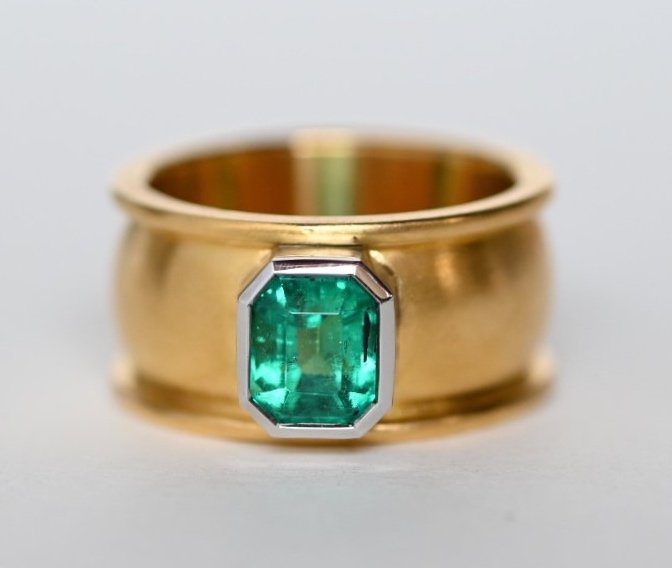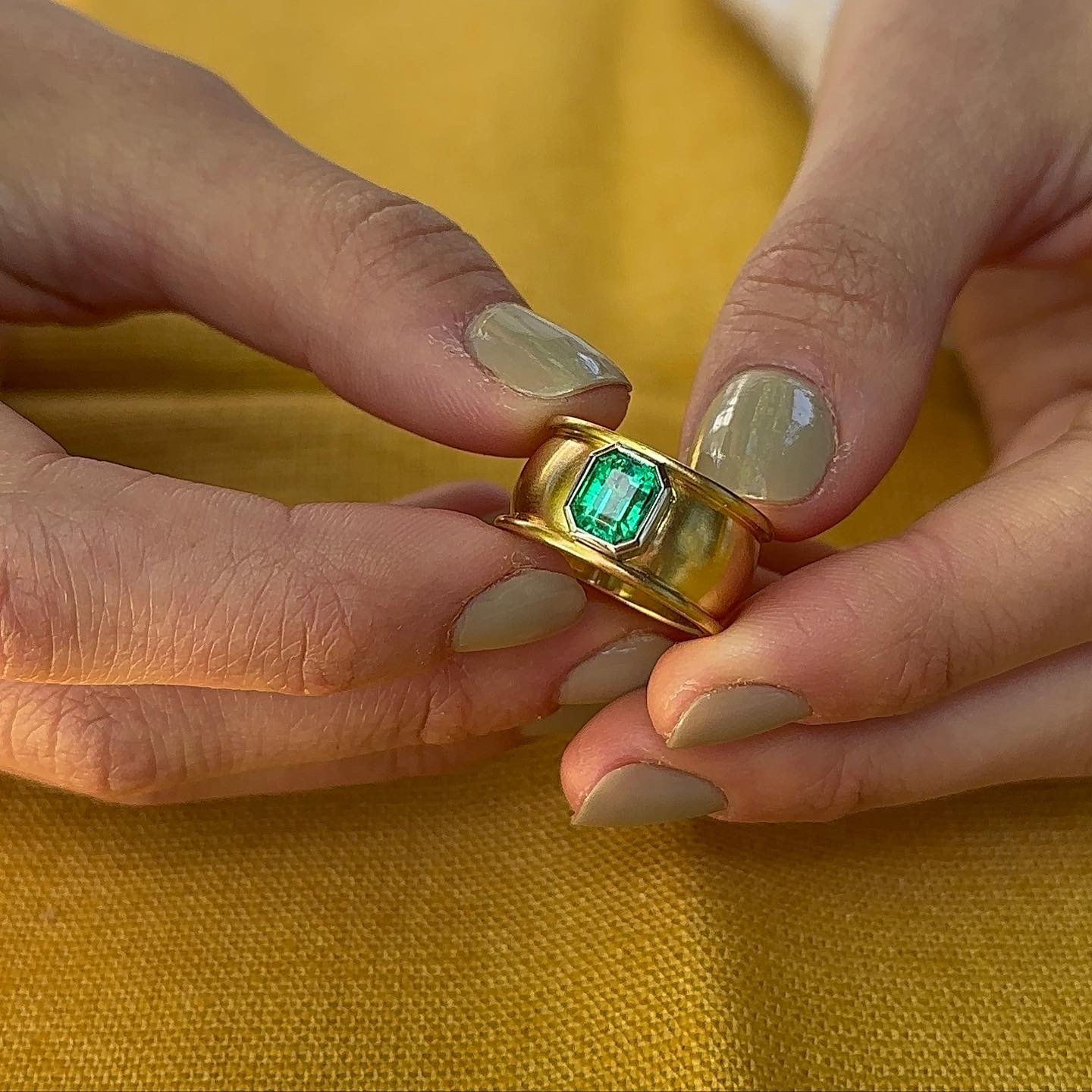About Emeralds
Colombian emeralds are widely considered to be some of the highest quality emeralds in the world, and they have been prized for their rich color and clarity for centuries. Here are a few things to know about Colombian emeralds:
Colombia is the world's largest producer of emeralds, and has been a major source of high-quality emeralds since ancient times.
Colombian emeralds are known for their deep green color, which is caused by the presence of chromium and vanadium in the crystal structure of the gemstone.
Colombian emeralds are often cut in a special way known as the "emerald cut," which is a rectangular or square shape with cut corners that maximizes the stone's color and clarity.
The Muzo mine, located in the Boyacá department of Colombia, is particularly renowned for producing some of the finest emeralds in the world.
Colombian emeralds have been used in jewelry for centuries, and have been favored by royalty and celebrities alike. Notable examples include the emerald and diamond tiara worn by Queen Victoria Eugenia of Spain, and the emerald engagement ring given by actor Richard Burton to Elizabeth Taylor.
Emeralds are associated with 35 years of marriage.
WHAT IS FAIRMINED GOLD?
Fairmined gold is a certification standard for gold that has been mined and produced in a socially and environmentally responsible manner. It was created by the Alliance for Responsible Mining (ARM) in 2014 to provide a way for artisanal and small-scale miners to sell their gold on the international market at a fair price.
The Fairmined certification requires that miners follow strict environmental and social standards, including using safe and responsible mining practices, providing fair working conditions, protecting the rights of women and indigenous people, and investing in community development projects.
By purchasing Fairmined gold, consumers can support responsible mining practices and help improve the lives of small-scale miners and their communities. The certification also promotes transparency and traceability in the gold supply chain, ensuring that the gold can be traced back to its source and that its production has not contributed to environmental degradation or human rights abuses.































